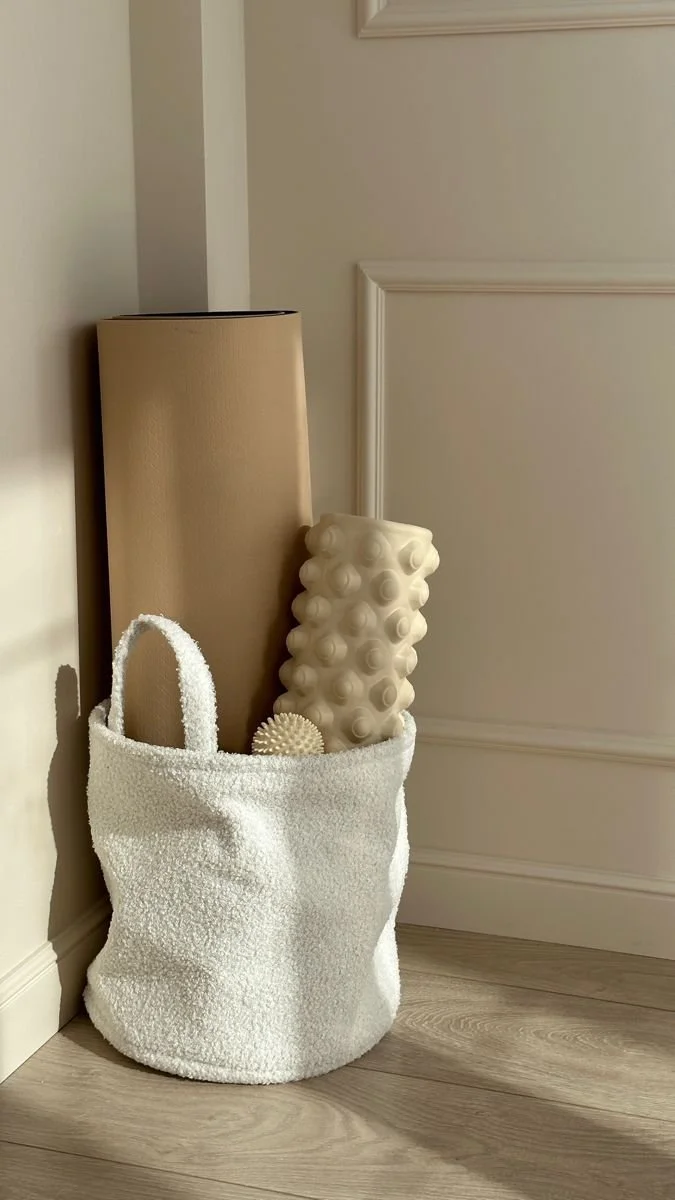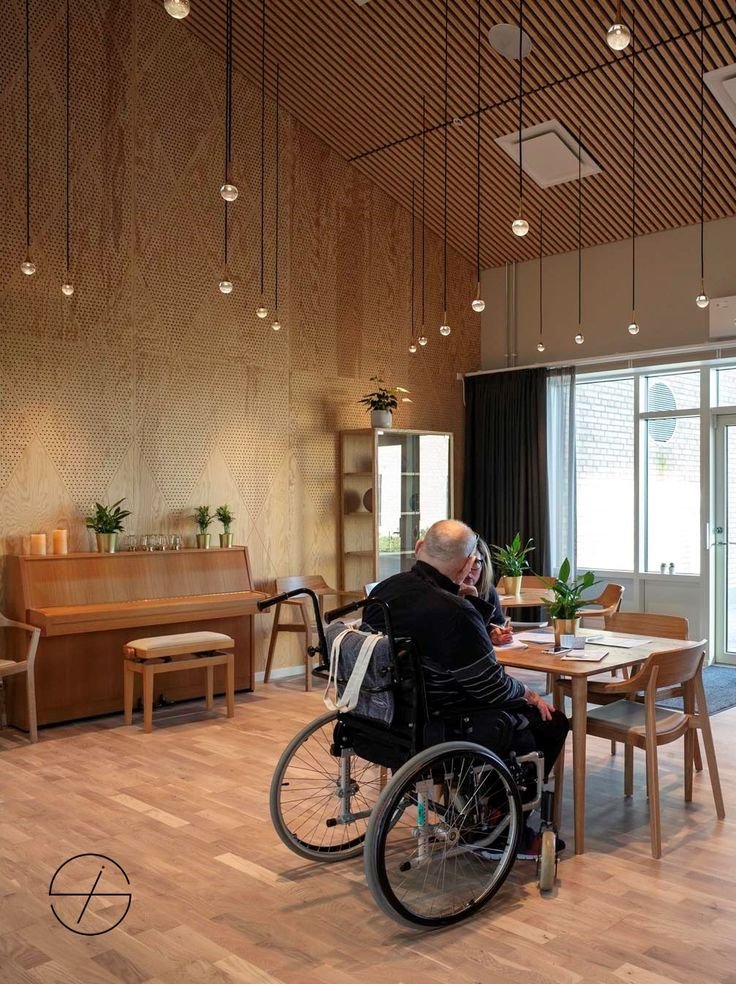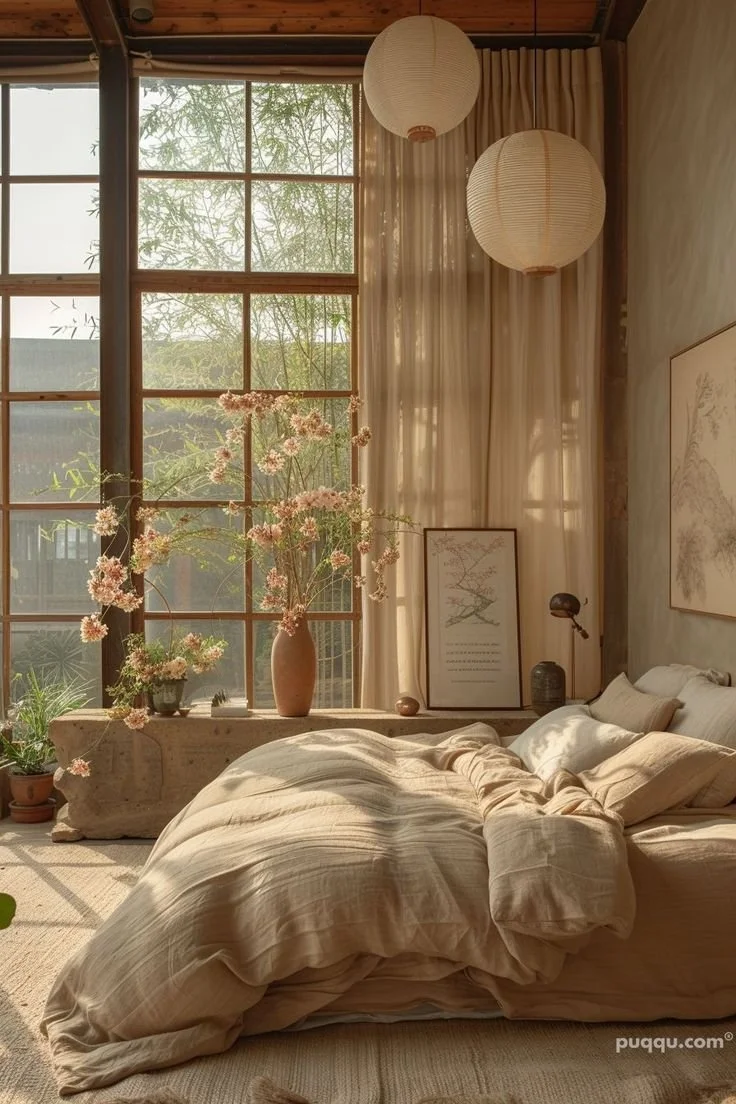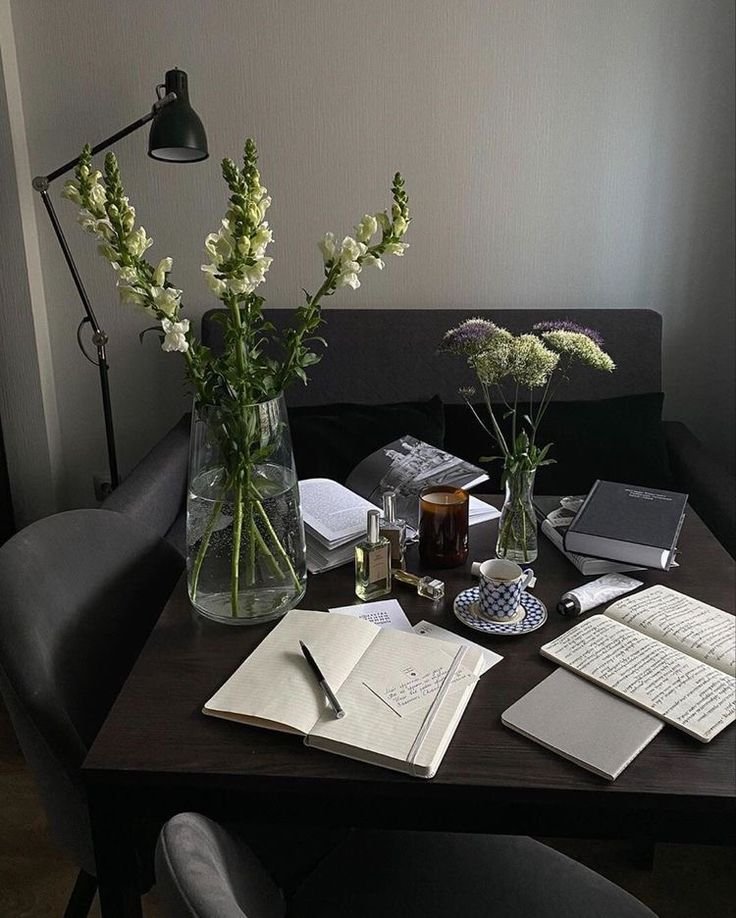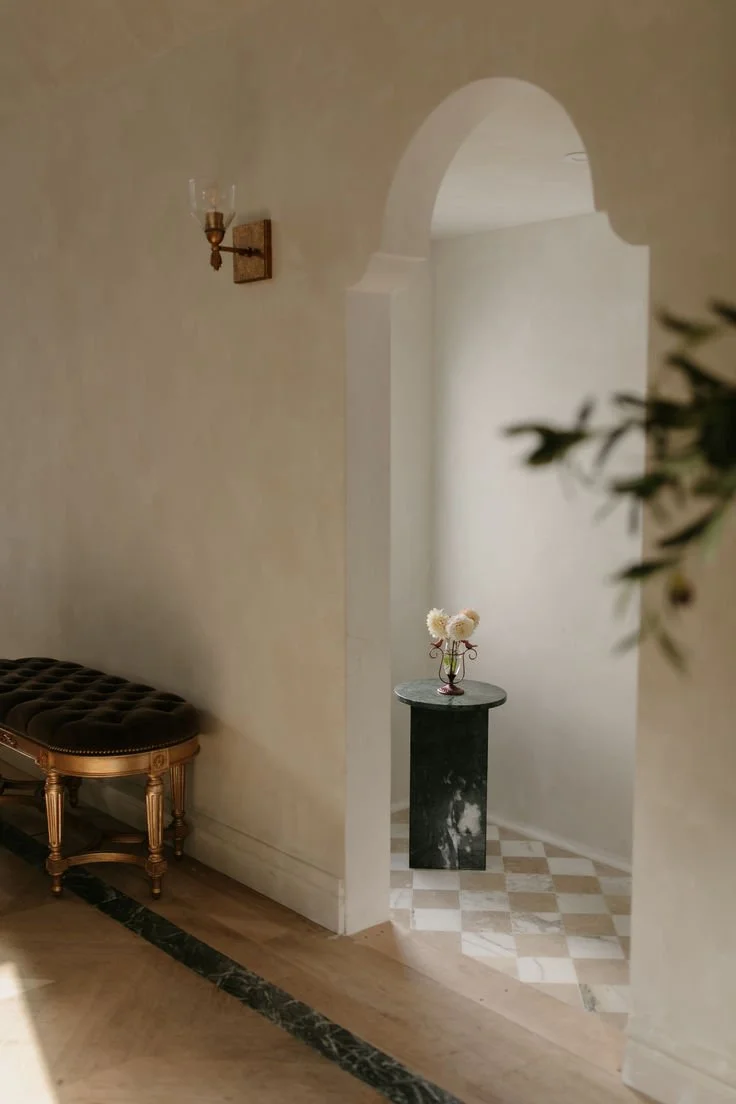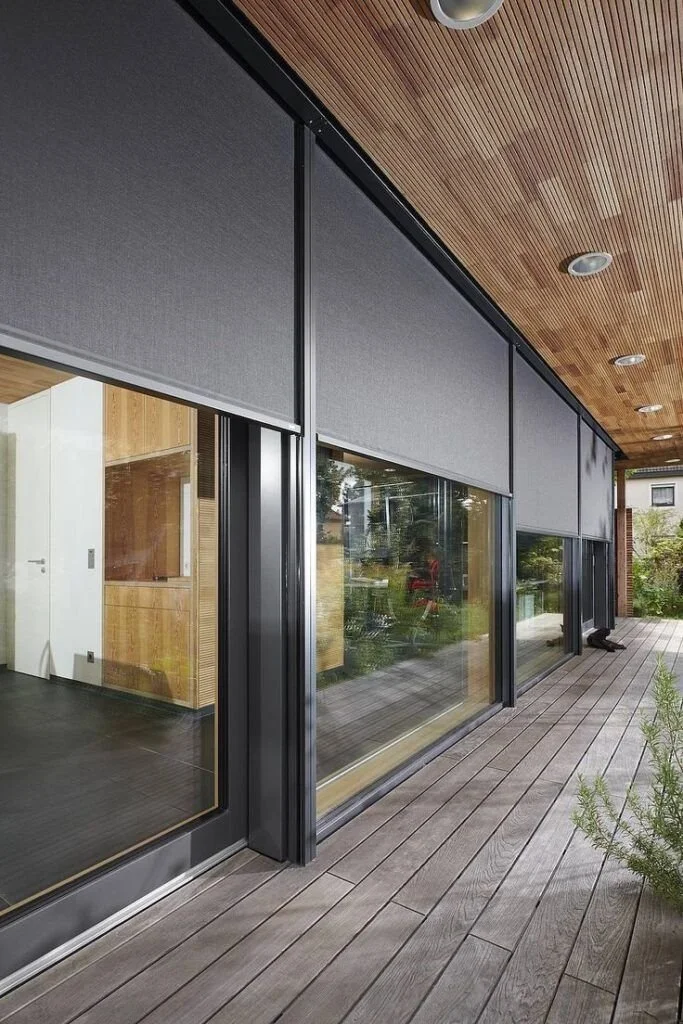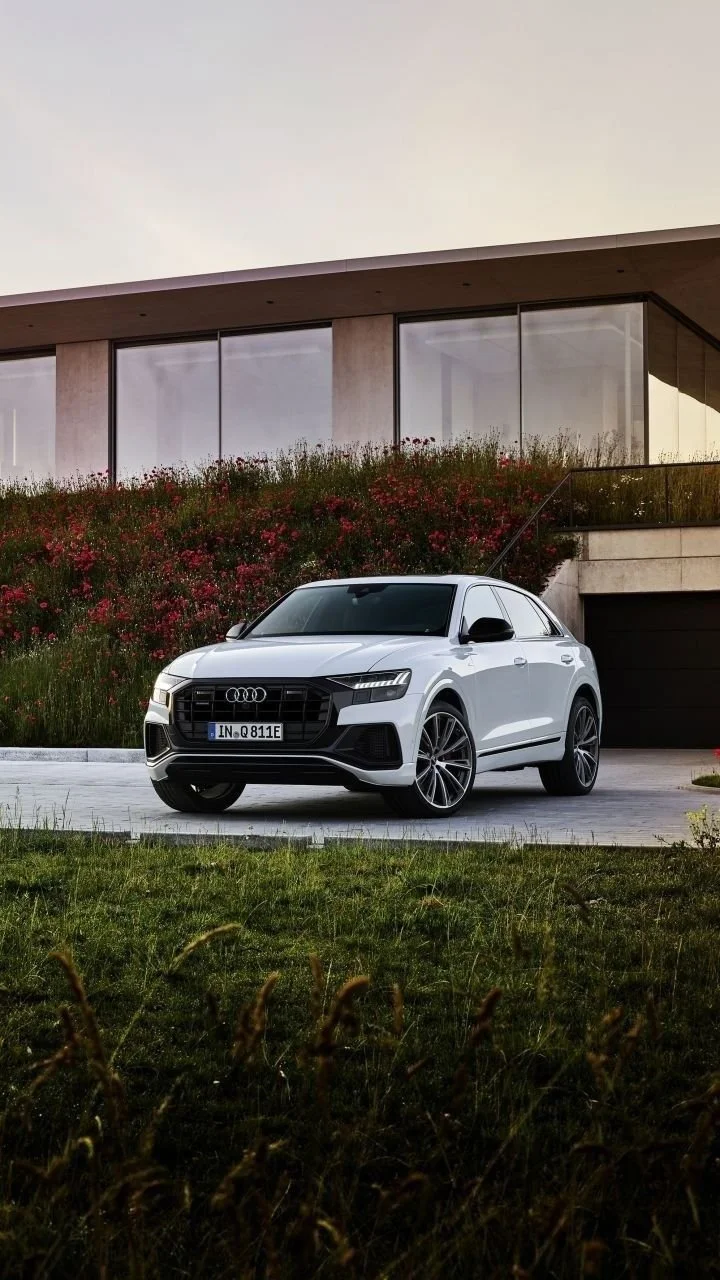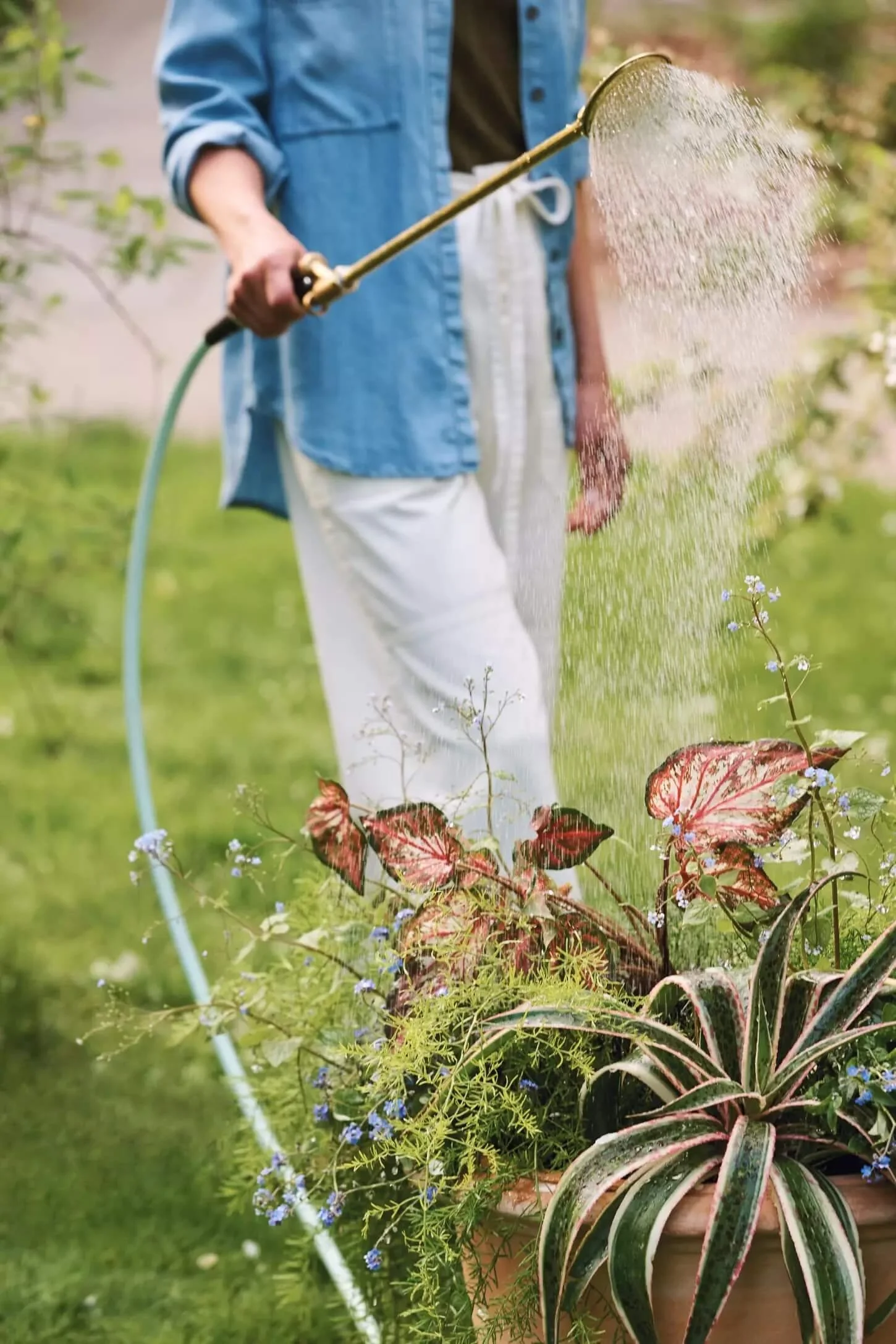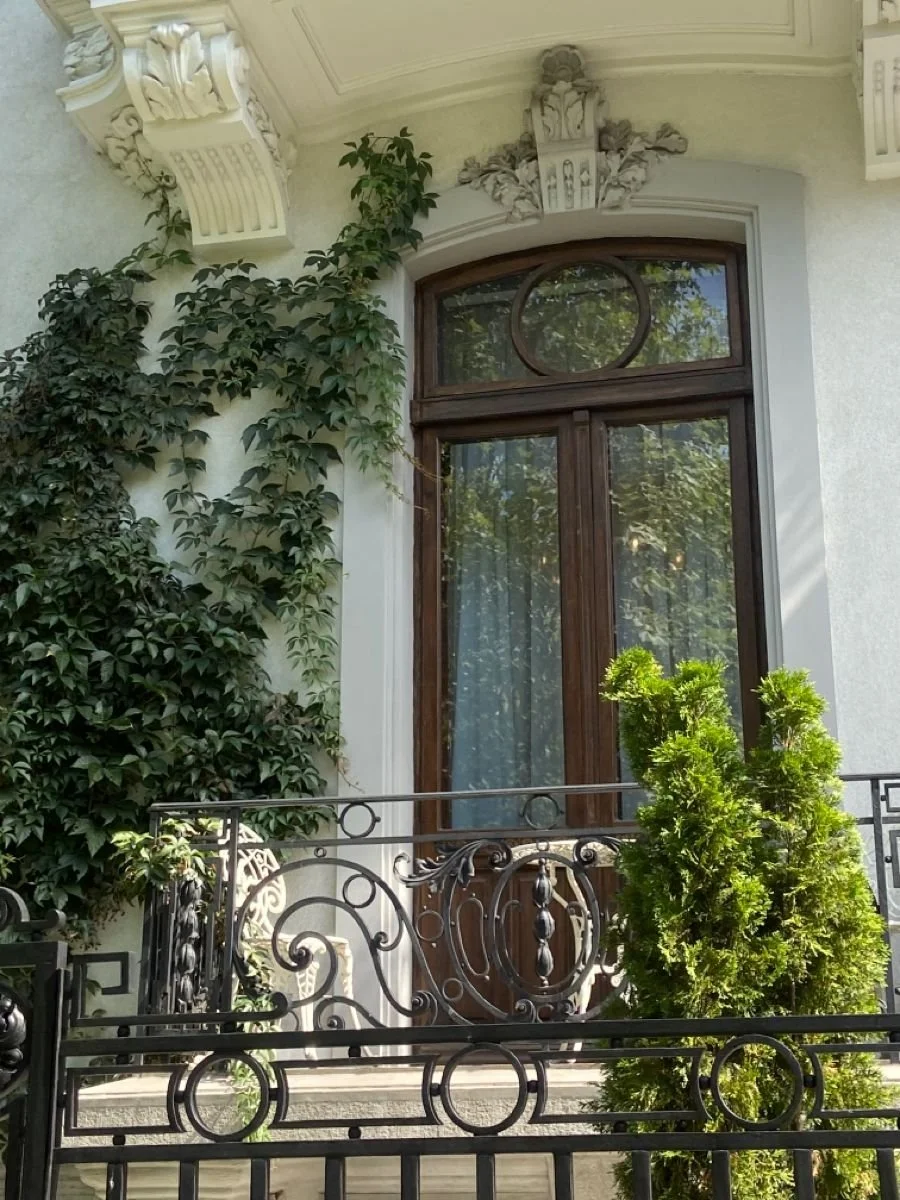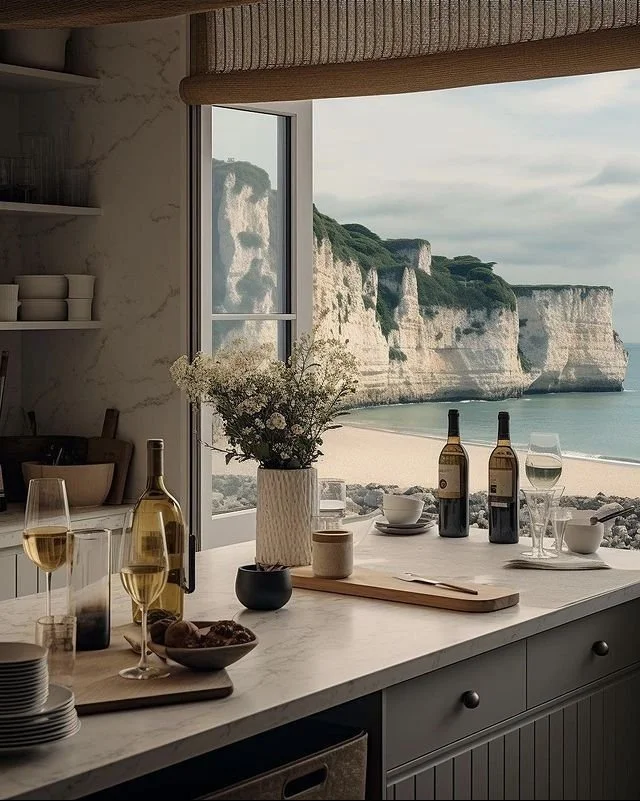Potential buyers are often drawn to homes with attractive outdoor spaces, as they not only add aesthetic value but also create a sense of tranquility and connection to nature. Investing time and effort in improving your garden can yield a high return on investment and make your property stand out in the real estate market.
Whether you are looking to sell your home in the near future or simply want to create a beautiful outdoor sanctuary for yourself, upgrading your garden is a worthwhile endeavor that can enhance both the value of your property and your quality of life. With the right approach and some strategic enhancements, you can dramatically improve the appearance and functionality of your outdoor space.
In this guide, we will explore effective strategies and tips to help you elevate your garden to new levels of beauty and tranquility. Whether you're a seasoned gardener or just starting out, these suggestions will inspire you to create a backyard oasis that is welcoming and uplifting.
No. 1
Plan with Purpose
Before you start planting, create a clear plan for your garden layout. Consider factors like sunlight exposure, soil quality, and plant compatibility to ensure a thriving garden.
When planning a garden, it is essential to start by considering the location and size of your space. Choose an area that receives adequate sunlight and has access to water for irrigation.
For areas where natural grass may struggle to grow or require extensive maintenance, consider incorporating synthetic turf into your layout. This allows for a lush, green appearance while minimizing upkeep and water usage.
Next, think about what type of plants you want to grow and whether they are suitable for your climate zone. Research the specific needs of each plant, including soil type, water requirements, and sunlight preferences.
Make a sketch or layout of your garden to visualize where each plant will be placed. Consider companion planting to maximize space and promote healthy growth. Finally, create a planting schedule based on frost dates and plant maturity times to ensure a successful and thriving garden.
No. 2
Embrace Diversity
Incorporate a variety of plants to add depth and interest to your garden. Mix colorful flowers, lush foliage, and practical herbs to create a dynamic and balanced environment.
In a garden, plant diversity is essential for creating a thriving ecosystem. By incorporating a wide range of plant species, you can attract various pollinators, insects, and birds, ultimately fostering a balanced and healthy environment. Different plants offer different benefits, from providing shelter and food for wildlife to improving soil health and enhancing the overall aesthetic appeal of the garden.
Additionally, a diverse selection of plants can help minimize the spread of pests and diseases, as monocultures are more susceptible to outbreaks. Embracing plant diversity in a garden not only creates a visually pleasing landscape but also contributes to the resilience and sustainability of the ecosystem as a whole.
No. 3
Elevate with Hardscaping
Integrate hardscape elements like pathways, retaining walls, or decorative stones to add structure and visual appeal to your garden.
Enhance the beauty and functionality of your outdoor space by incorporating hardscapes into your garden design. From stone pathways and retaining walls to pergolas and outdoor kitchens, hardscaping elements can elevate your garden to a whole new level. Not only do they add visual interest and structure to your landscape, but they also create unique areas for relaxation and entertainment.
Whether you're looking to create a serene retreat or a space for gatherings, hardscapes offer endless possibilities to transform your garden into a stunning oasis that reflects your personal style and enhances your connection with nature.
No. 4
Feed with Care
Properly nourish your plants with high-quality soil, regular watering, and organic fertilizers. Healthy plants are more resistant to pests and diseases, ensuring a vibrant garden.
Feeding your garden with care can lead to dramatic results in the vibrancy and health of your plants. By choosing high-quality fertilizers and supplements, you provide essential nutrients that promote robust growth and abundant blooms. Proper watering techniques, such as deep watering at the root zone, help develop strong and resilient root systems.
When you invest time and attention into nourishing your garden, the rewards are visible in the form of lush foliage, colorful flowers, and a thriving ecosystem that reflects your dedication to cultivating beauty and harmony in your outdoor space.
No. 5
Create Zones
Define different areas within your garden for specific purposes, such as a relaxing seating area, a vibrant flower bed, or a productive vegetable patch. This organization adds functionality and charm.
Creating zones in your garden allows you to organize and optimize your outdoor space for both aesthetics and functionality. By grouping plants with similar sun, water, and soil requirements together, you can ensure they thrive.
Consider creating a relaxation zone with comfortable seating and fragrant flowers, a dining zone with a table and chairs surrounded by herbs and veggies for easy access during meals, and a play zone for children with space for running and playing. You could even create a garden room for business. Each zone can serve a specific purpose while contributing to the overall harmony and beauty of your garden, providing you with different areas to enjoy and unwind in your outdoor sanctuary.
No. 6
Include Water Features
Incorporate a fountain, pond, or birdbath to introduce a soothing element of water into your garden. Not only do water features attract wildlife, but they also provide a sense of tranquility.
Incorporating water features into your garden can create a dramatic and serene atmosphere that enhances your outdoor space. The gentle sound of flowing water can provide a soothing ambiance, making your garden a peaceful retreat where you can relax and unwind.
Whether it's a simple birdbath, a cascading waterfall, or a tranquil pond, water features add visual interest and movement to your garden, attracting wildlife and creating a sense of tranquility. Consider the size of your garden, the available sunlight, and your personal style when choosing the right water feature to elevate the beauty and drama of your outdoor space.
No. 7
Maintain Regularly
Stay on top of garden maintenance by pruning, weeding, and deadheading plants regularly. A well-tended garden not only looks better but also promotes plant health and growth.
To maintain your garden regularly, it is essential to establish a routine that includes watering plants as needed, cutting grass, removing weeds, and inspecting for pests and diseases. Watering should be done early in the morning or late in the evening to prevent evaporation. Weeds should be pulled out regularly to prevent them from stealing nutrients from your plants. Inspecting for pests and diseases allows you to catch issues early and take appropriate action.
Additionally, regular pruning, fertilizing, and mulching can help keep your garden healthy and thriving. By staying on top of these tasks, you can ensure that your garden remains beautiful and productive throughout the growing season.
No. 8
Remove Pests
When dealing with pests in your garden, it's important to first identify the specific type of pest causing concern. Inspect your plants regularly for any signs of damage or infestation.
There are many different types of pests that you may experience in your garden. For instance, this could include insects and rodents, but most often they are just your common weeds. The good news is that weeds are easy to get rid of with selective herbicide.
Once you've identified the pest, research natural and safe methods to remove them from your garden. This can include introducing beneficial insects, using organic pesticides, or implementing physical barriers to protect your plants.
Herbicides, in particular, play a crucial role in garden maintenance by effectively controlling weeds that compete with desired plants for water, sunlight, and nutrients. By using herbicides, gardeners prevent invasive plants from taking over the garden and ensure the healthy growth of cultivated plants.
Herbicides provide an efficient and targeted method for weed control, reducing the need for manual weeding and minimizing damage to desirable plants. When used appropriately and according to label instructions, herbicides can be a valuable tool for maintaining a thriving and well-manicured garden landscape.
Remember to regularly monitor the effectiveness of your chosen method and make adjustments as needed to keep your garden healthy and thriving.
No. 9
Plant Seasonal Flowers
Using flowers in your garden can make a dramatic impact on its overall beauty and aesthetic appeal. By carefully selecting a variety of flowers that bloom at different times, you can ensure a continuous display of colors throughout the seasons.
Flowers not only add visual interest but also attract pollinators, such as bees and butterflies, which are essential for a healthy garden ecosystem. Additionally, certain flowers can help repel pests or even attract beneficial insects that control garden pests naturally.
To create dramatic appeal in your garden, consider adding flowers like Black-eyed Susans, Dahlias, and Purple Coneflowers. These vibrant and bold blooms can instantly transform your outdoor space into a captivating oasis.
Black-eyed Susans are known for their golden-yellow petals and dark centers, adding a pop of color and contrast. Dahlias come in a variety of colors and sizes, making them versatile for creating visual interest. Purple Coneflowers, with their distinct spiky centers and rich purple petals, attract butterflies and bees while adding a striking touch to your garden.
Overall, incorporating a diverse selection of flowers in your garden can not only improve its appearance but also enhance its functionality and biodiversity.
No. 10
Add Outdoor Appliances
Adding outdoor appliances to your garden can elevate your outdoor living experience significantly. Options like a built-in grill, outdoor refrigerator, or even a pizza oven can transform your backyard into a functional and enjoyable extension of your home.
Incorporating these appliances not only adds convenience but also encourages more time spent outdoors, promoting a healthier lifestyle and stronger connection to nature. Consider the layout of your garden space, your entertaining needs, and the types of activities you enjoy to determine which outdoor appliances would best suit your lifestyle.
No. 11
Add OUtdoor features
When it comes to enhancing your outdoor space, adding furniture features can transform your patio or garden into a relaxing oasis.
Consider incorporating a comfortable outdoor sofa or sectional for lounging, complemented by durable yet stylish coffee tables and end tables for added functionality. Adorn your space with weather-resistant chairs and ottomans to create inviting seating areas for gatherings or solo relaxation sessions.
Don’t forget to include a variety of shading options, such as sun shades and curtains, as well as practical umbrellas or stylish pergolas, to effectively protect yourself from the sun while you are enjoying the outdoors. These enhancements can make your outdoor experience much more comfortable and delightful.
Discover the exquisite selection of outdoor furniture by Luxo Living and take the opportunity to curate a serene and inviting environment that enhances your self-care practices, promotes meaningful gatherings with loved ones, or simply allows you to unwind and recharge after a long, demanding day.
If you want to take it to another level, incorporate a fire pit. Adding a fire pit to your outdoor space can elevate the ambiance and create a cozy gathering spot for friends and family. The warmth of the fire invites conversation and relaxation, making it perfect for gatherings or quiet nights spent under the stars.
In addition to the aesthetic appeal, a fire pit brings practical benefits, such as providing light and heat for outdoor activities during cooler evenings. Whether you're roasting marshmallows, sharing stories, or simply enjoying the crackling sounds of the fire, a fire pit can truly enhance your outdoor living experience.
No. 12
Add Lighting
Finally, you should think about adding the right lighting to your property. The best lighting will mean that you can create the perfect ambiance in your garden space.
When it comes to illuminating your garden, there are several types of lighting to consider. Lanterns are a popular choice as they provide warm, soft lighting that adds a cozy ambiance to your outdoor space. Another option to explore is sunken spotlights, which offer more even lighting throughout the garden.
Adding lighting to your garden can transform it into a magical and enchanting space, enhancing its beauty and ambiance. By strategically placing lights among plants, trees, and pathways, you not only illuminate the area but also create depth and drama, emphasizing the unique features of your garden.
Lighting can extend the usability of your outdoor space into the evening, allowing you to enjoy the tranquility and beauty of your garden even after the sun sets. It not only adds a sense of warmth and coziness but also increases safety by illuminating walkways and potential hazards.
Overall, incorporating lighting into your garden design can have a profound impact, elevating your outdoor space to a whole new level of beauty and functionality.
Takeaways
By implementing the tips in this guide, you can transform your garden into a breathtaking oasis that reflects your personal style and enhances your outdoor living experience. Start planning today and watch as your garden blossoms into a true masterpiece.
With dedication and the right tools, your garden has the potential to become a stunning retreat that will leave you in awe every time you step outside. Take the first step towards creating your dream garden and unlock the full potential of your outdoor space. Your journey to a more beautiful and tranquil garden begins now.
THE LIST
HOME










